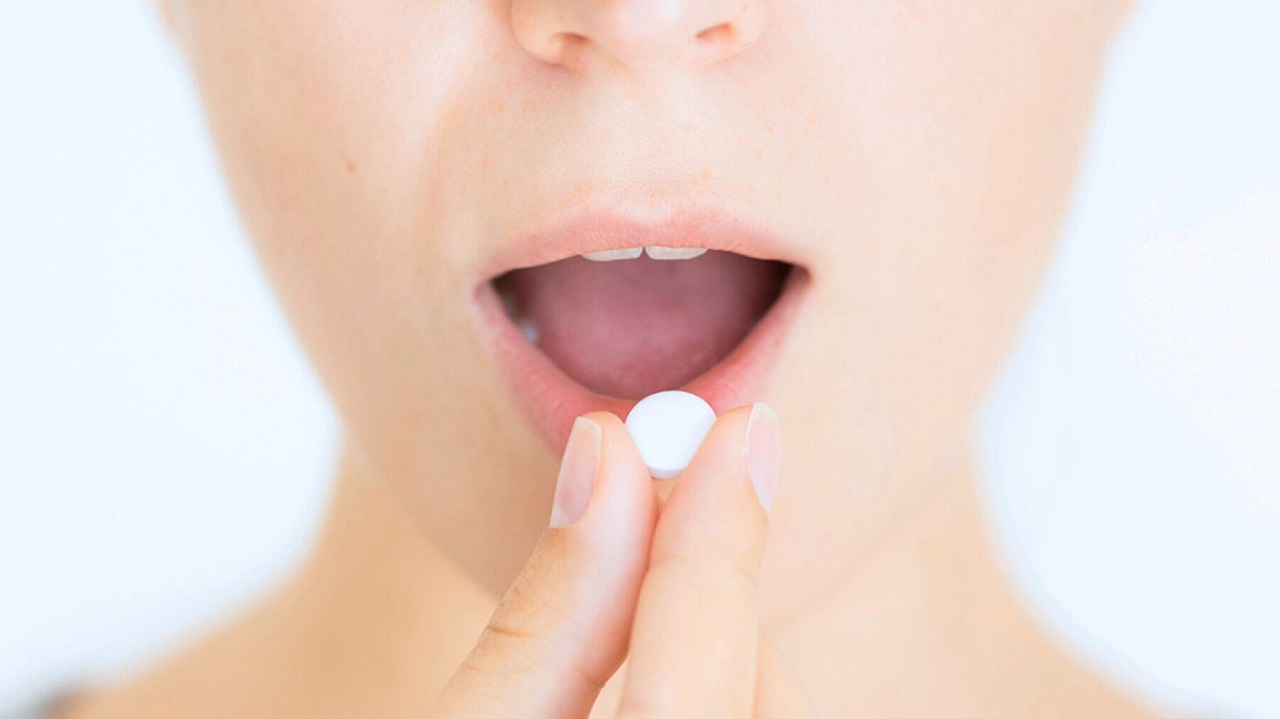[Article updated on 19/09/2023]
Sodium deficiency, also called hyponatremia, occurs when the sodium content in the blood is too low. This phenomenon, which remains rare, often affects older people. It can have several origins, and have serious consequences. It is therefore important to know the causes, the means of prevention, but also the possible treatments. I invite you to discover them in the following lines.
Everything you need to know about sodium deficiency
The role of sodium
Sodium is a mineral salt with the symbol Na in the periodic table. Combined with chlorine, it forms table salt. 1 g of table salt contains approximately 400 mg of sodium. Sodium is located in the interstitial fluid (fluid enveloping the cells) and in the blood. Different kinds of hormones regulate its concentration in the blood, namely antidiuretic hormone and aldosterone. The presence of mineral salt is important given its many functions.

Sodium ensures, among other things:
- The proper functioning of muscle contraction;
- Communication of nerve impulses thanks to the polarization mechanism;
- Regulation of blood pressure (the more normal the sodium level, the more correct the serum sodium level);
- The hydro-electrolyte balance (this is the plasma sodium level).
Sodium deficiency or hyponatremia
Sodium deficiency or hyponatremia is the result of low sodium levels in the blood, particularly below 135 mmol/L. It is neither a disease nor a symptom, but rather a biological abnormality. Note that the normal level of sodium in the blood is between 135 to 145 mmol/L. At this level, dilution of body fluids is normal. Below this margin, it is significant. This means that there is an imbalance between water and mineral salt. Water is strongly present compared to sodium. It is then necessary to rebalance them, to avoid a mineral salt deficiency.
Symptoms of sodium deficiency
Chances are that mild hyponatremia will not cause symptoms. It is when it becomes a little more important that it generates the following signs:
- Headaches ;
- Lethargy;
- Confusions;
- Nausea ;
- From agitation;
- Reduced energy/fatigue.

If the biological anomaly is more serious, it can cause:
- Vomitings ;
- Epileptic seizures;
- Muscle weakness;
- Muscle twitches;
- Spasms;
- A coma.
Complications
A lack of sodium can lead to serious consequences if it continues without the victim receiving any treatment. Here are common complications of this biological anomaly when it is severe:
- A transmission of excess water into the cells of the body and the brain;
- Swelling of brain tissue;
- Mental behavioral disorders.
In extreme cases, severe hyponatremia leads to death.
The origins of sodium deficiency
The causes
An abnormal amount of sodium in the blood can be caused by many factors, including:
- Taking medication that promotes diuretic function;
- Vomitings ;
- Severe diarrhea;
- Heart problems such as congestive heart failure;
- Ecstasy use;
- Too much water consumption;
- Dehydration;
- Taking certain categories of medications, such as painkillers or antidepressants;
- A liver disorder;
- Diabetes insipidus (a disease that prevents the body from synthesizing antidiuretic hormones);
- Adrenal gland problems, including Addison’s disease;
- A syndrome of inappropriate antidiuretic hormone or SIADH, responsible for water retention;
- Kidney disease such as kidney failure;
- Hypothyroidism (weak thyroid);
- Cushing’s syndrome, the cause of the high cortisol content;
- Primary polydipsia, a factor giving a frequent feeling of being thirsty.

Risk factors
These following risk factors may cause hyponatremia:
- Age;
- Live in a warm climate;
- The use of antidepressants;
- Be a high-level athlete;
- Diet low in sodium;
- Heart failure ;
- Kidney disease.
Diagnosis of sodium deficiency
Do not hesitate to go to a doctor if you notice symptoms of a sodium deficiency. This health professional will carry out a diagnosis consisting of measuring the level of mineral salt in the blood. The metabolic assessment can be carried out using a blood test and/or urine analysis. It may be requested in the case of a routine examination, even if the patient does not present any symptoms. The doctor takes several factors into account when making a diagnosis, including medication. The diagnosis leads to two results, namely:
- Low blood sodium level: the body loses a lot of mineral salts if this result is associated with a high urinary sodium level;
- High blood sodium level: the body has difficulty absorbing sodium if the result is combined with a high level of urinary mineral salts.
Preventing sodium deficiency
Recommended daily intake
Here is the recommended daily sodium intake:
- Baby from 0 to 6 months: approximately 120 mg/day;
- Baby from 7 months to 1 year: approximately 360 mg/day;
- Baby from 1 to 3 years old: approximately 1,000 mg/day;
- Children aged 4 to 8 years: approximately 1,200 mg/day;
- Children aged 9 to 13: approximately 1,500 mg/day;
- Adults aged 18 to 50: approximately 1,500 mg/day;
- Seniors over 50 years old: approximately 1,300 mg/day;
- Senior from 70 years old: approximately 1,200 mg/day.

It is important to know that table salt provides almost 20% of the daily sodium requirement. The rest is filled by foods, notably those which I will mention to you in the next part.
Sources of dietary sodium
Here are the categories of food sources of sodium:
- Cold meats: cured ham, rindless ham, defatted ham, raw ham, smoked ham, pure pork cured sausage, dry rolled breast;
- Condiments: non-iodized white salt, gray sea salt, soy sauce, mustard, non-fluoridated and non-iodized fleur de sel, brined green olive, ketchup;
- Cheeses: Saint-Marcellin, Roquefort, cow’s milk cheese, sheep’s milk feta, Auvergne blue cheese, cow’s milk blue cheese;
- Fish: poached salted cod, anchovy fillet in oil, smoked herring in oil, smoked salmon;
- Broths: dehydrated beef broth, dehydrated vegetable broth, dehydrated meat broth;
- Exotic and Chinese soups;
- Appetizers: potato and/or corn chips, potato soufflés, cheese-filled biscuits, tortillas, crackers, shrimp chips.
The right actions to adopt
Adopt these habits during periods of extreme heat to avoid sodium deficiency:
- Don’t hydrate with just water. Favor foods that are sources of water such as melon, cucumber, pineapple, orange, tomato or even watermelon;
- Prefer to stay out of the sun when it is very hot outside;
- Balance your diet to maintain the correct amount of sodium;
- Moisten the skin regularly when going out.
Treatment of sodium deficiency
Two options are possible to treat the biological anomaly. The doctor may opt for balancing the amount of blood sodium. He will recommend that individuals suffering from mild hyponatremia caused by lifestyle or medication use:
- Drink less fluid, especially less than a liter per day;
- Switch to other medications or review the dose of the medication.

In case of more serious symptoms, the health specialist may recommend hospitalization. The patient will receive medications intravenously to balance sodium levels. The other option presented to the patient is the underlying treatment. It is recommended in the case of hyponatremia due to a hormonal disorder or medical condition.
